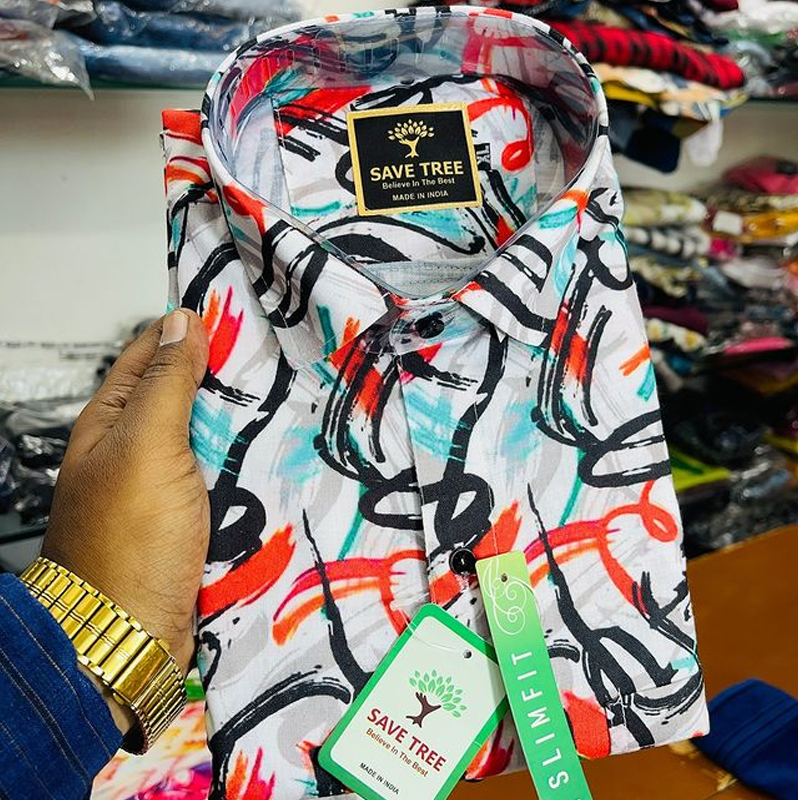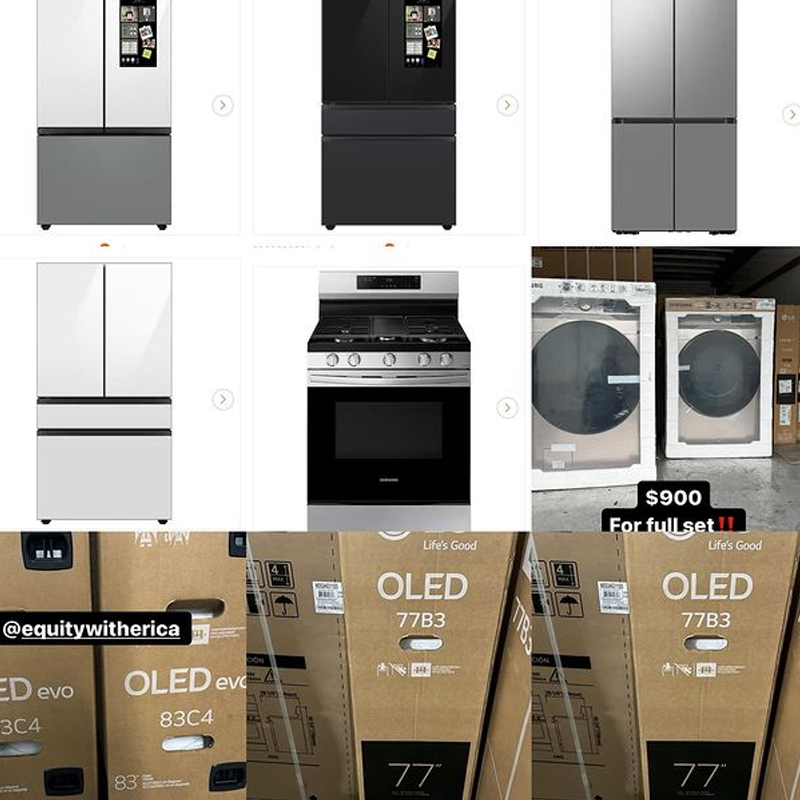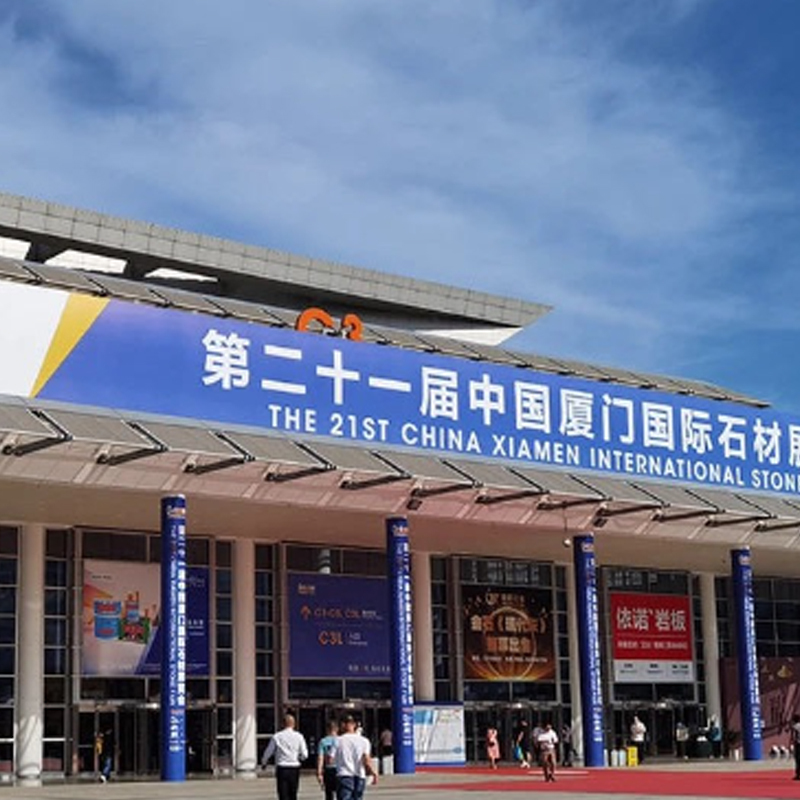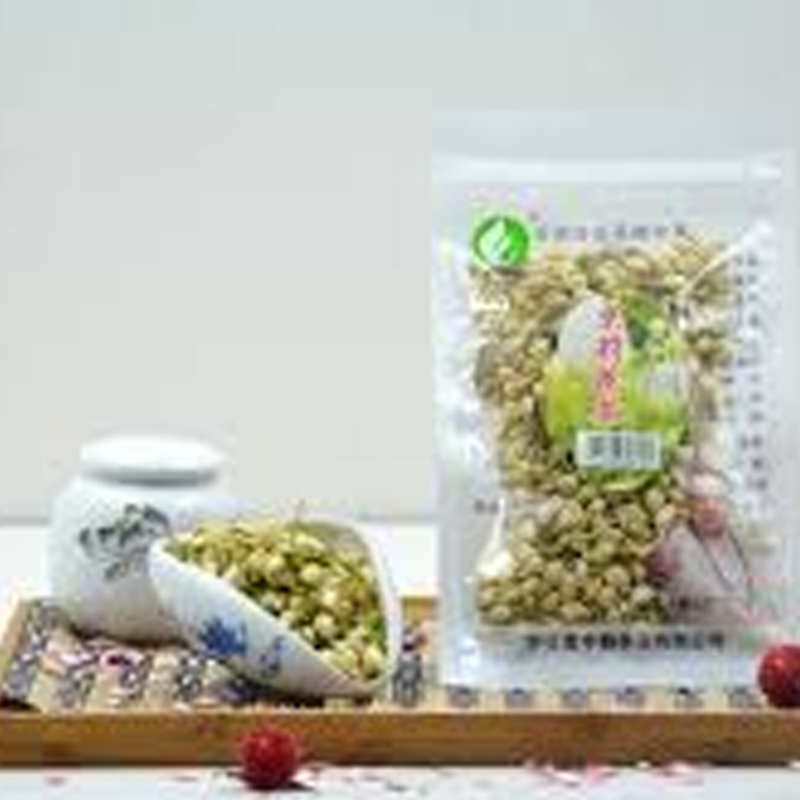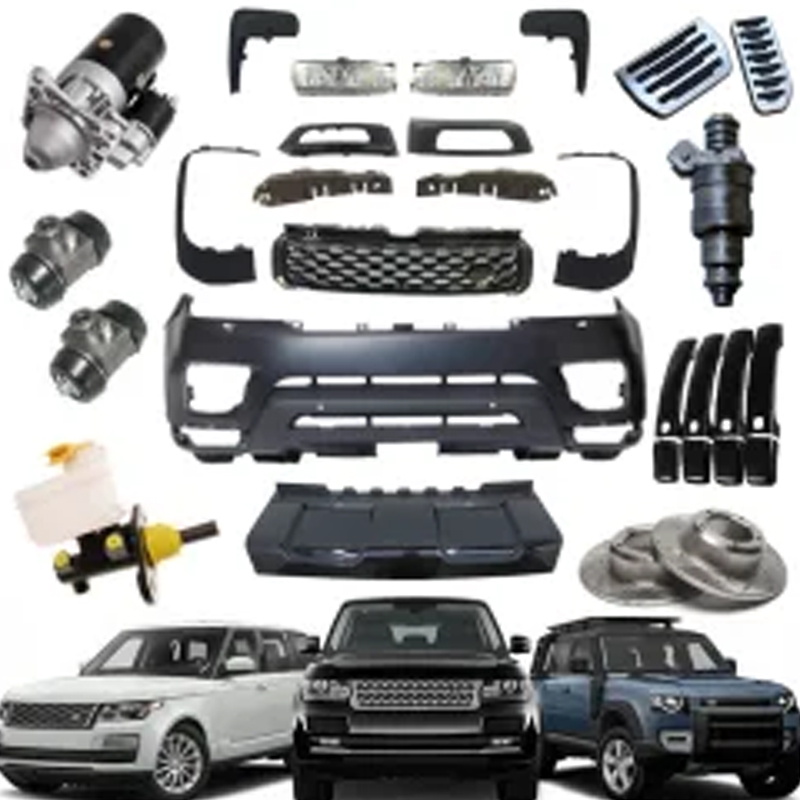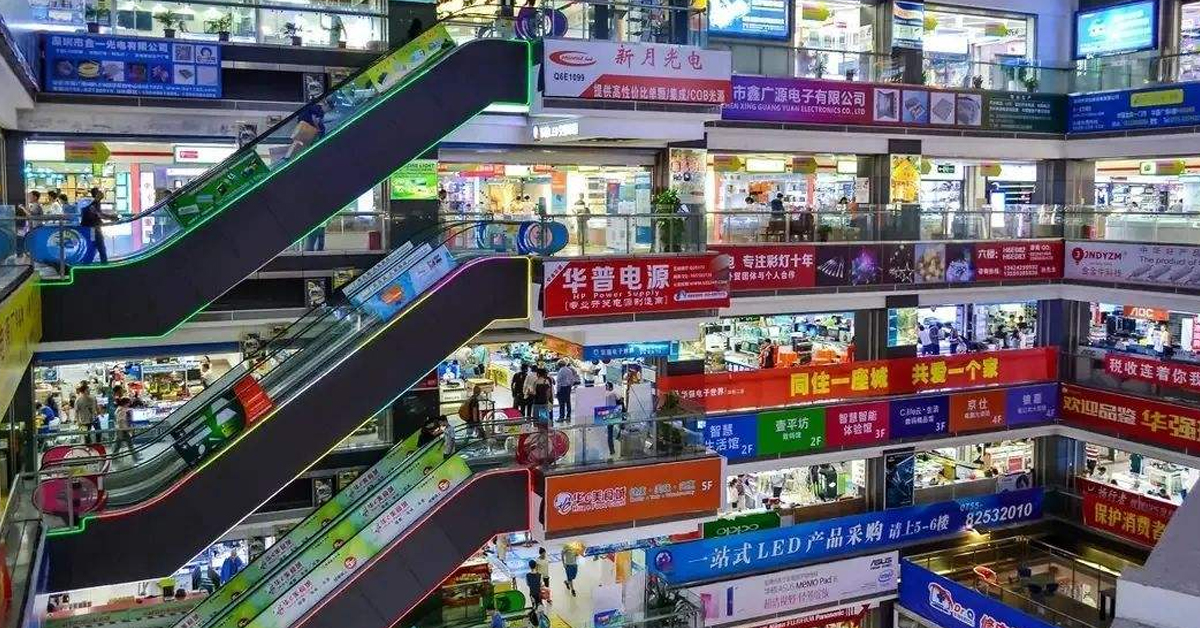In today’s rapidly evolving global manufacturing landscape, businesses are constantly seeking the best balance between quality and cost. Two major players in this arena are China and Vietnam. This comprehensive analysis dives deep into the manufacturing capabilities, labor costs, and overall business environment of these two Asian giants. Whether you’re a seasoned importer or new to international sourcing, this article will provide valuable insights to help you make informed decisions for your business.
Key Takeaways: China and Vietnam’s Manufacturing Landscape
- China’s advanced technological infrastructure vs. Vietnam’s growing potential
- Labor cost differences and their impact on product pricing
- Quality control measures and industry specializations in both countries
- Supply chain efficiency and logistics considerations
- Export regulations and their effects on international trade

China vs Vietnam Comparing wholesale product quality and costs (1)
How Do China and Vietnam Compare in Manufacturing Capabilities?
China has long been known as the “world’s factory,” boasting an impressive range of manufacturing capabilities across various industries. With decades of experience and substantial investments in technology, Chinese factories often lead in terms of production capacity and technological advancement.
Vietnam, on the other hand, is rapidly emerging as a formidable competitor. While it may not match China’s scale yet, Vietnam has been making significant strides in developing its manufacturing sector. The country has been attracting foreign investment and focusing on improving its industrial clusters, particularly in textiles, electronics, and furniture.
“Chinese factories continue to be a reliable support for businesses seeking high-quality, scalable production solutions. Their vast experience and advanced capabilities make them an excellent choice for many industries.”
What Are the Labor Cost Differences Between China and Vietnam?
Labor costs play a crucial role in determining overall production expenses. Historically, China’s labor costs have been rising, partly due to increased living standards and government policies. This has led some companies to explore alternatives, with Vietnam emerging as an attractive option.
Vietnam currently offers lower labor costs compared to China, which can translate to more competitive pricing for certain products. However, it’s essential to consider that lower wages don’t always equate to lower overall costs, as factors like productivity, skill levels, and additional expenses need to be taken into account.
| Factor | China | Vietnam |
|---|---|---|
| Average Monthly Wage (USD) | $700-$1000 | $300-$500 |
| Skilled Labor Availability | High | Medium |
| Labor Productivity | High | Medium |
Quality Control: How Do China and Vietnam Stack Up?
Quality control is a critical aspect of manufacturing, directly impacting customer satisfaction and brand reputation. China has developed robust quality control systems over the years, with many factories adhering to international standards and holding various quality certifications.
Vietnam is making progress in this area, with an increasing number of manufacturers implementing stringent quality control measures. However, the level of consistency and adherence to international standards can vary more widely in Vietnam compared to China.
Tip: When sourcing from either country, it’s crucial to work with reputable suppliers and consider partnering with a sourcing agent like BuyFromChinaDirect to ensure consistent quality standards are met.

Production Capacity: Can Vietnam Match China’s Scale?
China’s vast production capacity has long been one of its strongest selling points. With numerous industrial clusters and a well-developed supply chain, Chinese manufacturers can often handle large-scale orders with ease. This scalability is particularly advantageous for businesses looking to grow rapidly or those with high-volume requirements.
Vietnam’s production capacity, while growing, is generally smaller in scale. This can be an advantage for businesses with smaller order quantities or those looking for more personalized attention. However, it may pose challenges for companies needing very large volumes or rapid scaling.
How Efficient Are the Supply Chains in China and Vietnam?
Supply chain efficiency is crucial for timely delivery and cost-effectiveness. China’s supply chain is highly developed, with excellent integration between raw material suppliers, manufacturers, and logistics providers. This efficiency often translates to shorter lead times and more reliable delivery schedules.
Vietnam’s supply chain is evolving rapidly but is not yet as mature as China’s. While significant improvements have been made, especially in areas like textile and electronics manufacturing, some industries may still face challenges in terms of raw material sourcing and supply chain coordination.
What Are the Key Differences in Export Regulations?
Understanding export regulations is crucial for smooth international trade. China has well-established export procedures and a wide network of trade agreements. However, recent global events have led to some changes and uncertainties in trade relations with certain countries.
Vietnam has been actively pursuing trade agreements and has signed several significant deals in recent years. This has made exporting from Vietnam increasingly attractive, with potential tariff advantages in some markets. However, businesses should be aware that export procedures and regulations can sometimes be less streamlined compared to China.
Industry Specialization: Where Do China and Vietnam Excel?
Both China and Vietnam have developed specializations in certain industries, which can influence sourcing decisions.
- China: Known for its strength in electronics, machinery, textiles, and a wide range of consumer goods. Chinese factories often excel in high-tech manufacturing and products requiring complex manufacturing processes.
- Vietnam: Gaining recognition for textiles, furniture, and increasingly, electronics. Vietnam has been particularly successful in attracting investment in labor-intensive industries.
Consider contacting BuyFromChinaDirect for expert guidance on which country might be best suited for your specific product needs.

How Do Technological Advancements Compare?
Technological advancement plays a crucial role in manufacturing efficiency and product innovation. China has made significant investments in areas like automation, artificial intelligence, and 5G technology, positioning itself as a leader in smart manufacturing.
Vietnam is working to catch up, with government initiatives aimed at promoting technological adoption in manufacturing. While progress is being made, there’s still a gap in terms of widespread implementation of cutting-edge technologies compared to China.
Logistics Infrastructure: Which Country Has the Edge?
Efficient logistics are essential for timely and cost-effective product delivery. China boasts an extensive and well-developed logistics infrastructure, including modern ports, extensive rail networks, and efficient air freight capabilities. This infrastructure supports quick and reliable shipping to global destinations.
Vietnam has been investing heavily in improving its logistics infrastructure, particularly in areas near major manufacturing hubs. While significant progress has been made, some regions may still face challenges in terms of transportation efficiency and port capacity compared to China.
How Do Workforce Skills Compare Between China and Vietnam?
The skill level of the workforce directly impacts product quality and manufacturing capabilities. China has a large pool of skilled workers with extensive experience across various industries. Many Chinese workers have years of experience in specialized manufacturing processes, contributing to higher productivity and quality.
Vietnam’s workforce is generally younger and less experienced in some specialized areas. However, the country is investing heavily in education and vocational training to improve workforce skills. Many Vietnamese workers are known for their adaptability and quick learning abilities.
Final Thoughts: Choosing Between China and Vietnam
Both China and Vietnam offer unique advantages for wholesale product sourcing. China’s established infrastructure, advanced technology, and vast experience make it an excellent choice for businesses seeking high-quality, scalable production solutions. Vietnamese manufacturers, with their competitive labor costs and growing capabilities, present an attractive alternative, especially for certain industries.
Ultimately, the choice between China and Vietnam depends on various factors specific to your business needs, including product type, order volume, quality requirements, and target market. It’s worth considering that many businesses find success in diversifying their sourcing strategy, leveraging the strengths of both countries.
For tailored advice and support in navigating the complexities of international sourcing, don’t hesitate to reach out to BuyFromChinaDirect. Our expertise can help you source smarter and make the most of the opportunities in both Chinese and Vietnamese markets.





